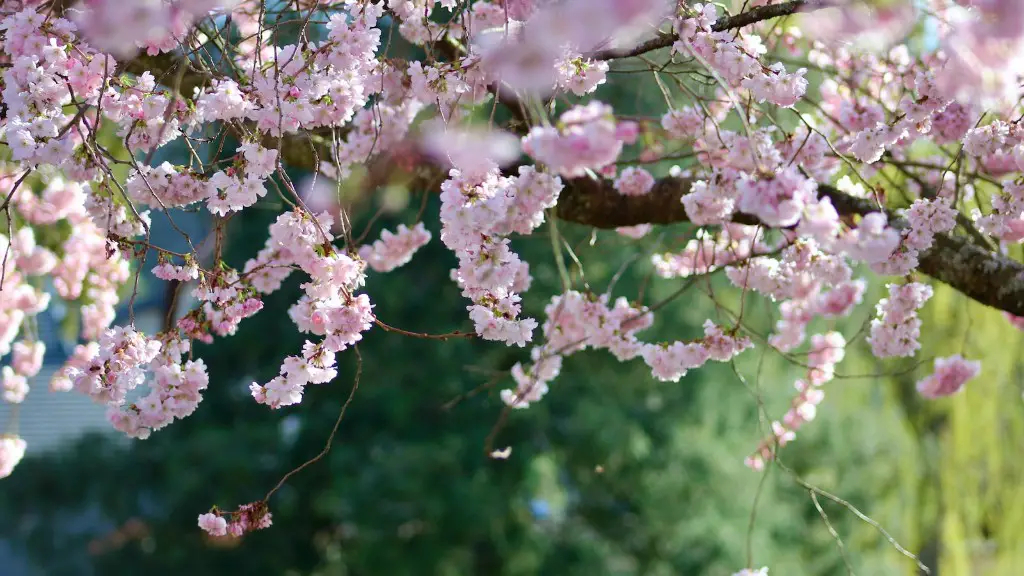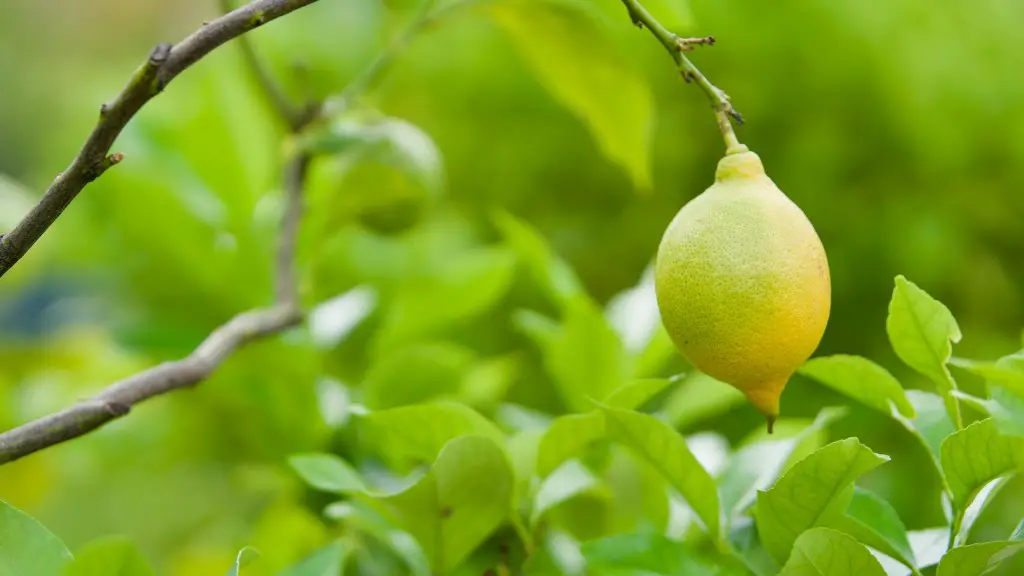Cherry trees are one of the most rewarding fruit trees to grow in the garden. They provide delicious, nutritious fruit year after year — and the beauty of the trees and blossom in springtime is breathtaking. But which cherry tree variety is the best tasting?
The best tasting cherry tree variety depends on personal preference and the selection of available varieties in your area. While there are hundreds of different varieties, they can generally be divided into two broad categories: sweet and tart. Sweet cherries are easy to identify by their rich, juicy flesh, while tart cherries tend to have a darker, more acidic flavor. Either way, the flavor of a cherry can range from subtly sweet to tangy, with a range of textures.
When it comes to sweetness, the variety usually has a lot to do with it. Varieties like Bing, Lapins and Royal Ann produce large, sweet, juicy cherries that are perfect for snacking and baking, while tart varieties such as Montmorency have a strong, tangy flavor that pairs well with savory dishes and desserts.
Climate also plays a major role in the flavor of the cherry. In cooler climates, cherries tend to have a sweeter flavor and so the flavor of mid-season varieties may differ from those grown in warmer climates.
If you’re looking for a good-tasting cherry tree, look for one that produces fruit early in the season and produces a large, juicy cherry. A typical late-season variety should be avoided, as they tend to produce small, sour cherries. Be sure to look for disease resistance labels, too – some cherry tree varieties are very susceptible to pests and diseases.
Growing Your Own Cherries
As with any fruit tree, the conditions in which it is planted will have a major impact on the flavor and yield of the fruit. Ideal conditions for cherry trees are a soil that is moist but well-drained, and a sunny spot with at least six to eight hours of direct sunlight each day.
When planting a cherry tree, it is important to follow the spacing guidelines listed on the label, as cherry trees need plenty of room to spread out. Additionally, adding an organic fertilizer such as compost or manure each spring will ensure your cherry tree has the nutrients it needs for optimal growth and production.
Finally, a cherry tree needs to be pruned regularly so that it produces large, high quality fruit. Pruning should be done in late winter or early spring to remove any dead or diseased branches, as well as any branches that are too close together.
Harvesting Cherries
When it comes to harvesting your cherry tree, timing is everything. Unlike most fruit trees, cherry trees need to be harvested as soon as the fruit ripens, as the fruit will not get any sweeter after it is picked.
Additionally, cherries need to be picked carefully, as they are fragile and can easily be crushed or damaged. It’s best to place the cherries in shallow baskets or on a flat surface, rather than in a container, to prevent bruising.
Finally, store harvested cherries in a refrigerator as soon as possible, as they have a brief shelf-life.
Preserving Cherries
Fresh cherries are delicate and perishable, so preserving them for later use is a great way to make the most of your harvest. One of the easiest ways to preserve cherries is to freeze them.
Simply wash, pit and dry the cherries, then spread them in a single layer on a baking sheet. Place the baking sheet in the freezer for about an hour, then transfer the frozen cherries to a freezer-safe container.
Cherries can also be preserved by making jams, jellies and chutneys. These products can be canned or stored in the refrigerator or freezer for later use.
Uses for Cherries
The uses for cherries are virtually limitless. They can be enjoyed fresh, frozen or preserved, used in sweet and savory dishes and desserts, and even used to make wine and spirits.
Cherry pies, cobblers and crisps are popular desserts that showcase the sweetness of the fruit. Cherries can also be used in savory dishes such as pork chops, salads or side dishes.
For drinks, cherries are often used to flavor wines, liqueurs and cocktails. The fruit can even be used to make syrups, jellies and jams.
Health Benefits of Cherries
Cherries are an excellent source of antioxidants, vitamins and minerals. They are high in dietary fiber, potassium, vitamin C and iron, and low in calories and fat.
Studies have also shown that cherries can help reduce inflammation, improve heart health, lower cholesterol levels and improve cognitive function.
Regular consumption of cherries may also reduce the risk of certain cancers, as well as age-related diseases such as Alzheimer’s and Parkinson’s.
Why Choose a Cherry Tree?
Cherry trees have a lot to offer, from their beautiful blossoms in the springtime to the fresh, delicious fruit they produce in the summer. But there are other reasons to choose a cherry tree over other fruit trees.
Unlike many other fruit trees, cherry trees are relatively low maintenance. They don’t require as much water or fertilizing, and are less prone to pests and diseases.
Additionally, cherry trees tend to have a relatively short life span compared to other fruit trees. This means they can be replaced relatively quickly when they start to show signs of age.
Cherry trees also produce smaller fruits than other fruit trees, making them easier to harvest. And, of course, they taste delicious!

